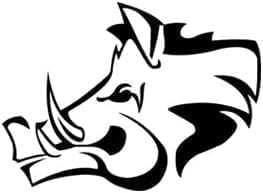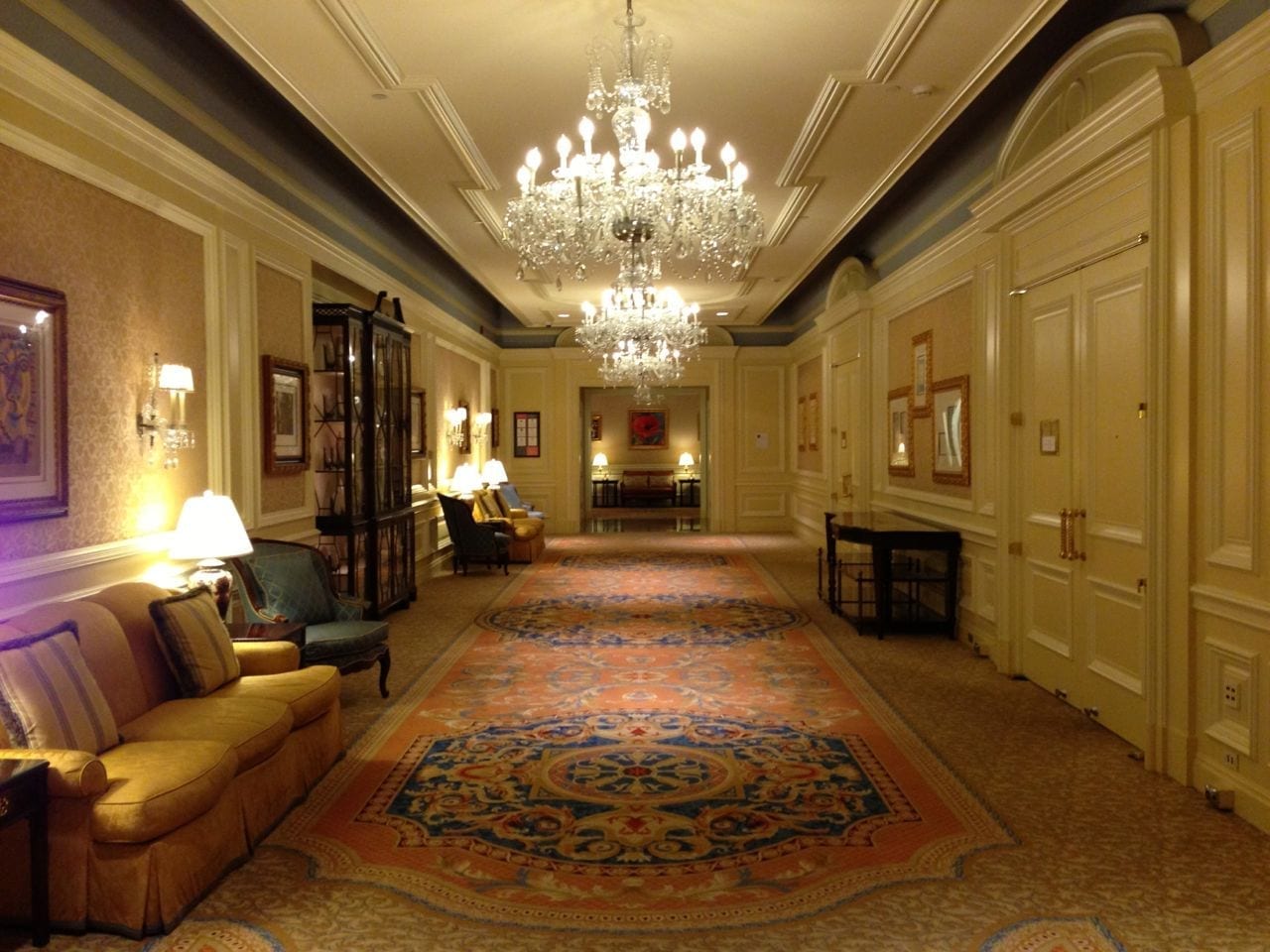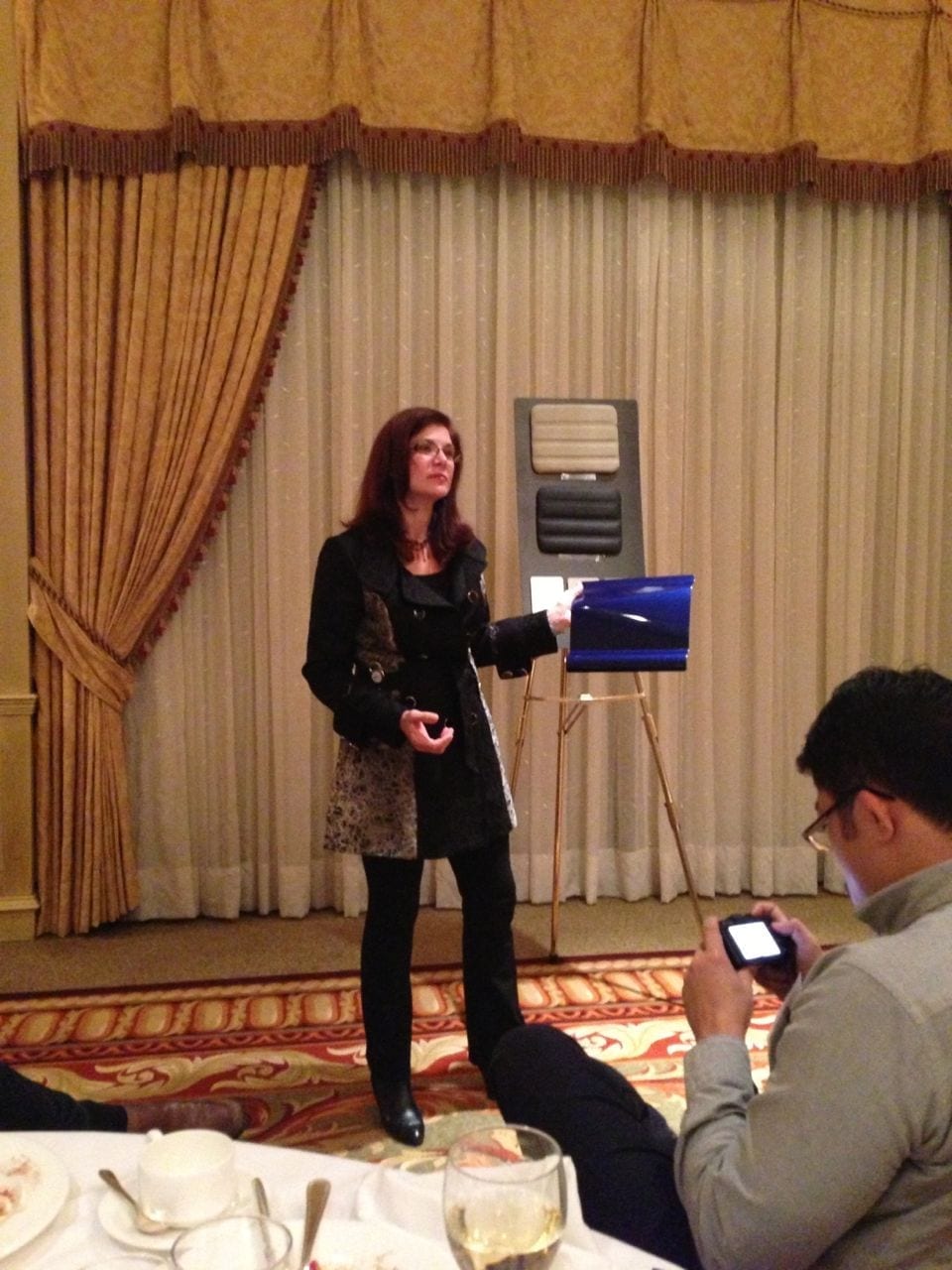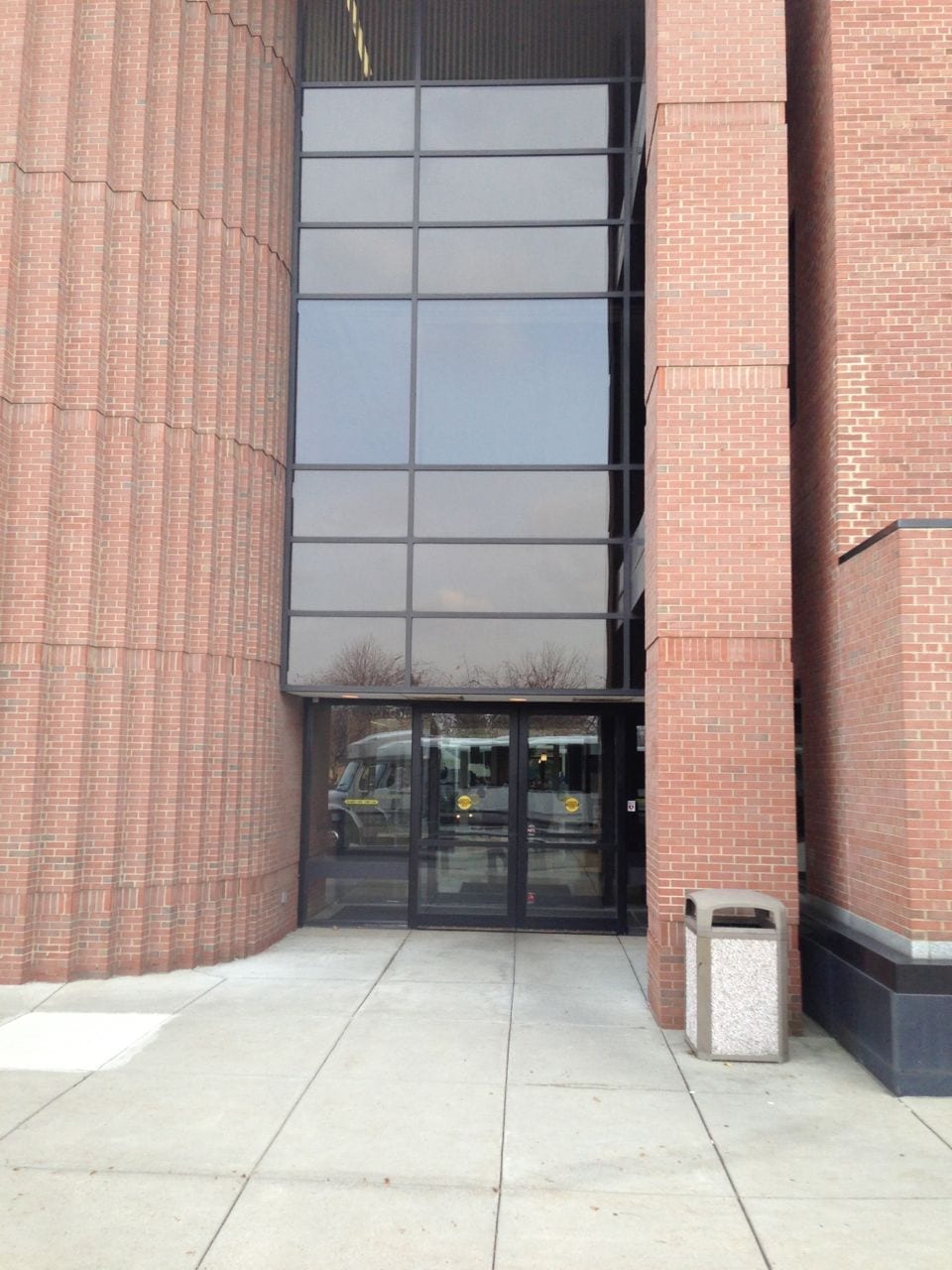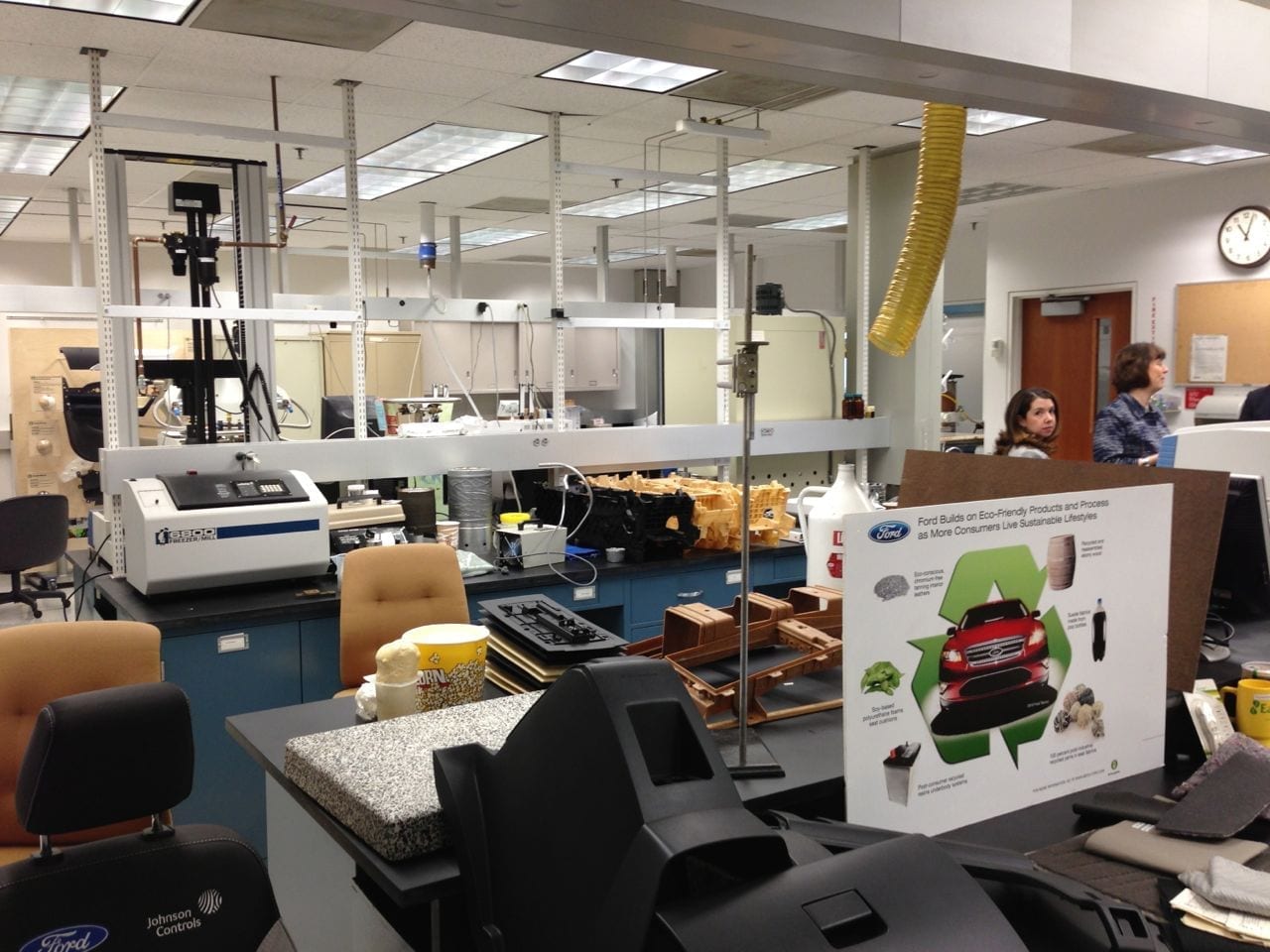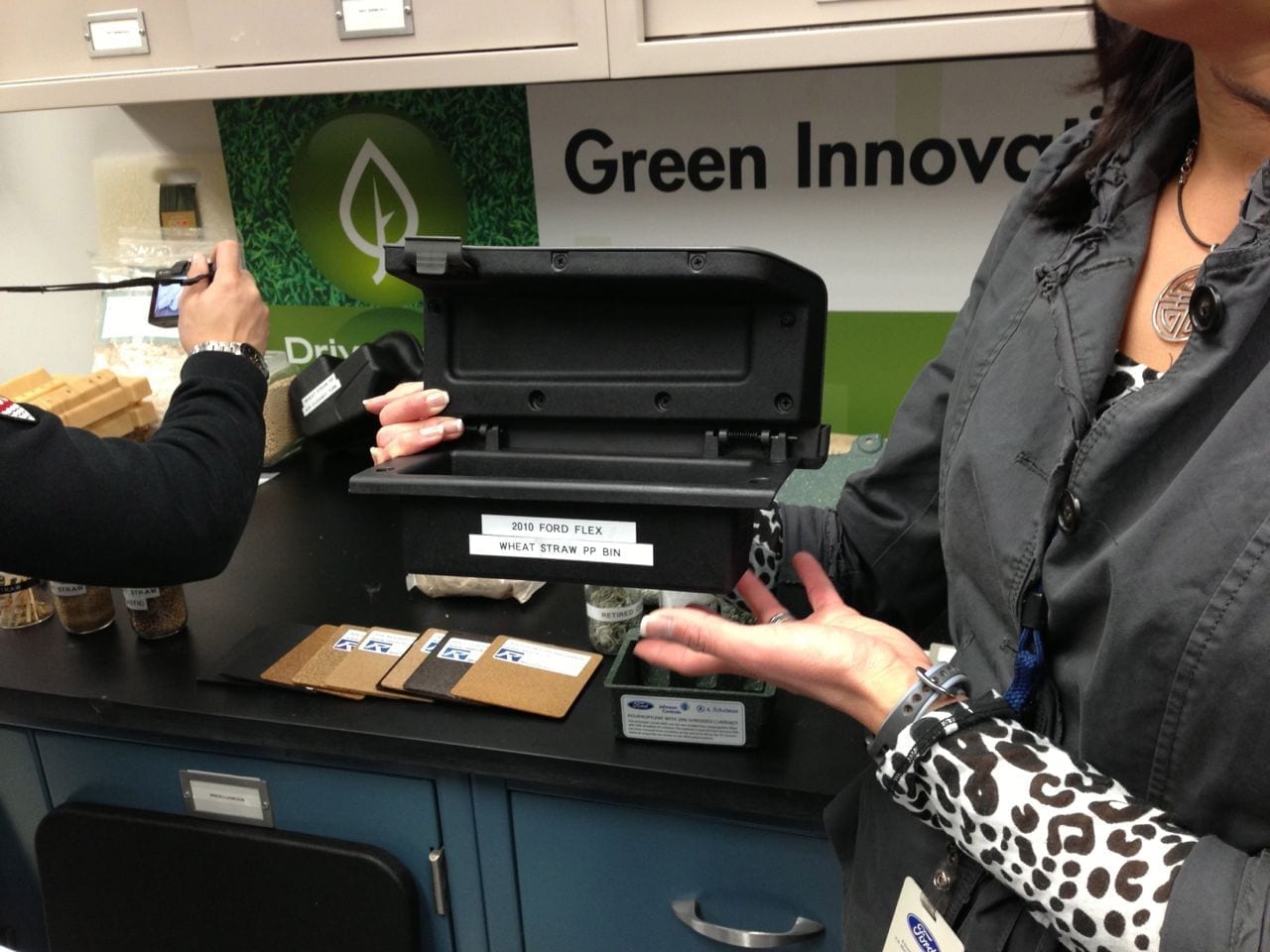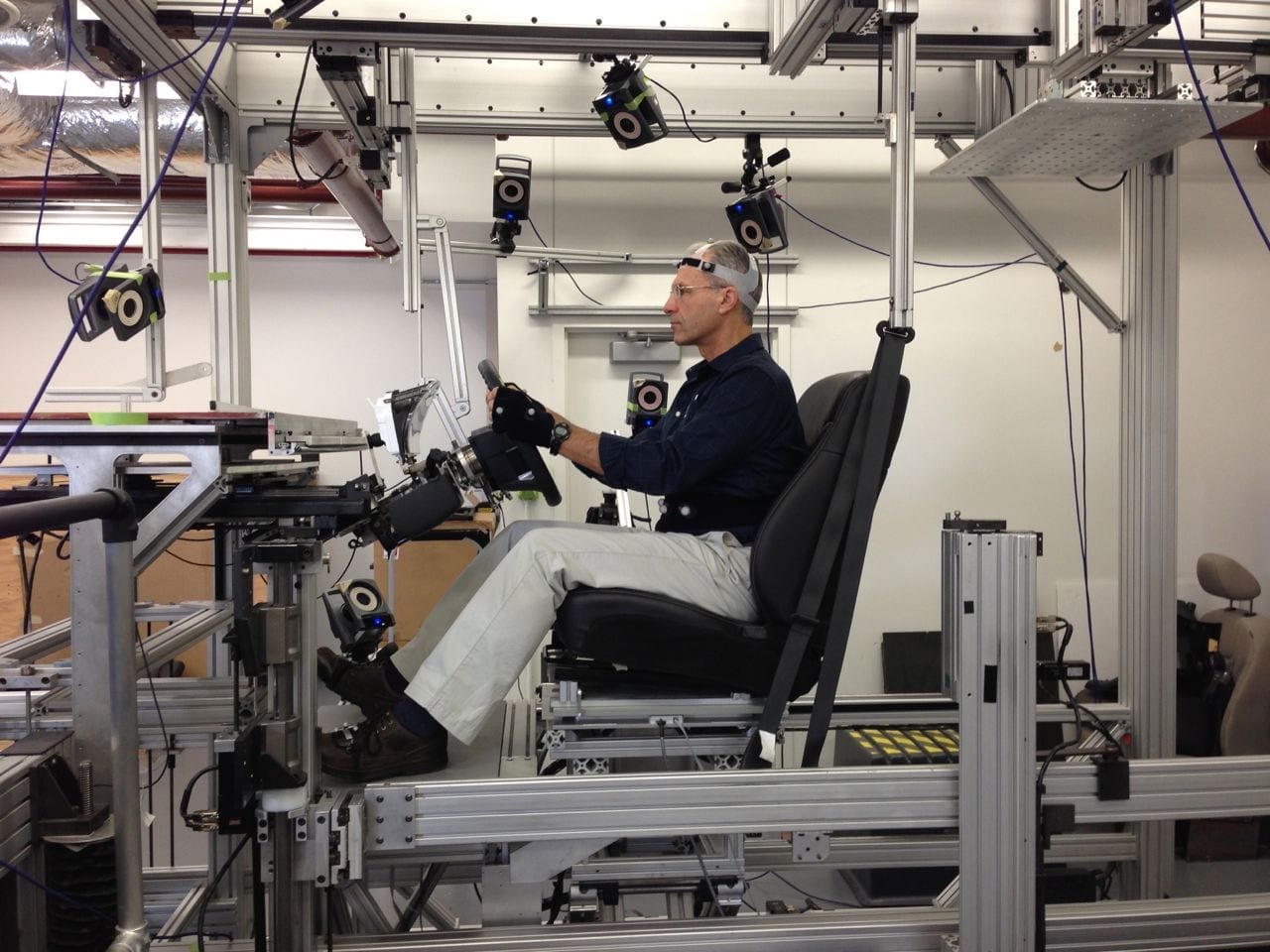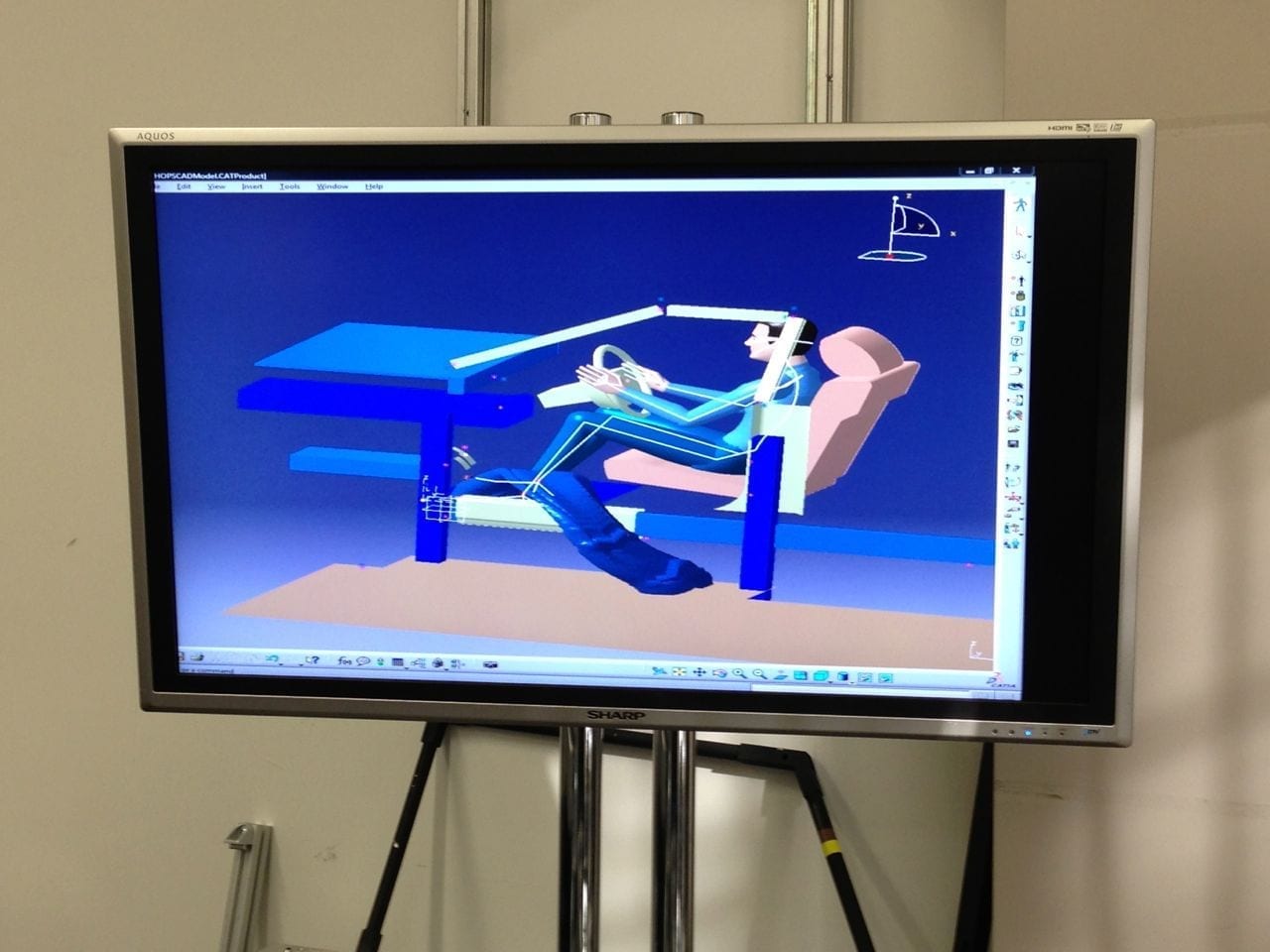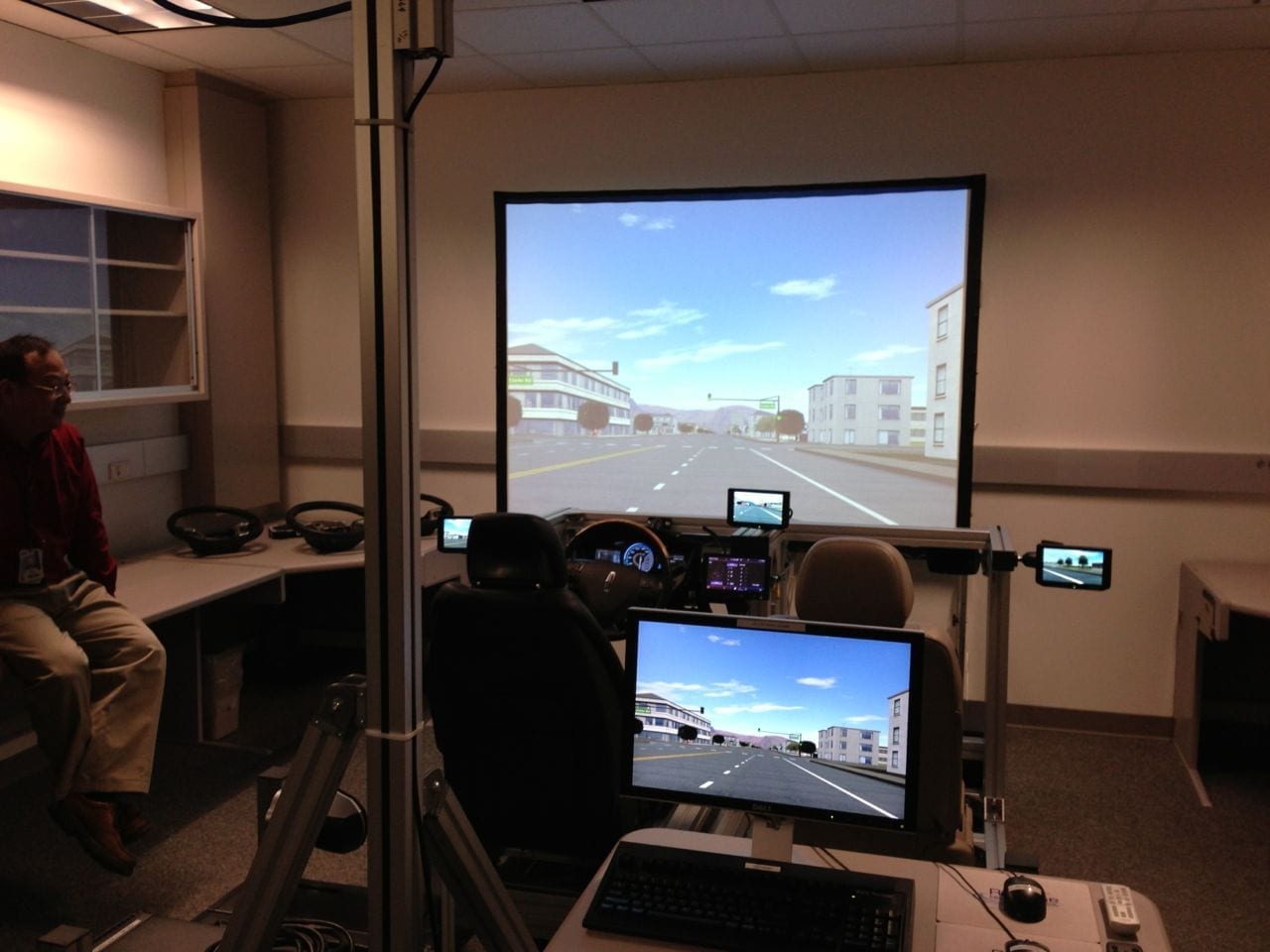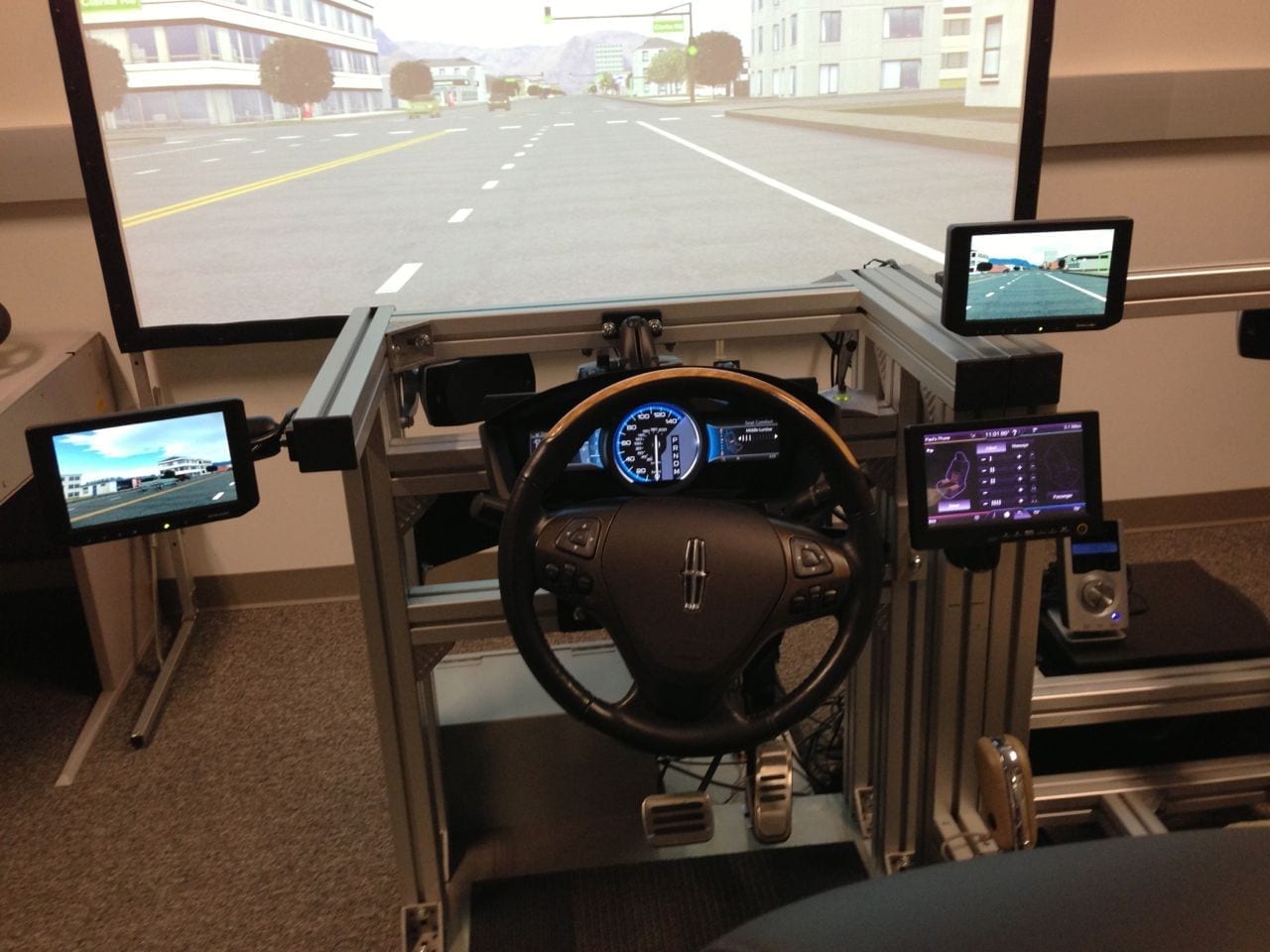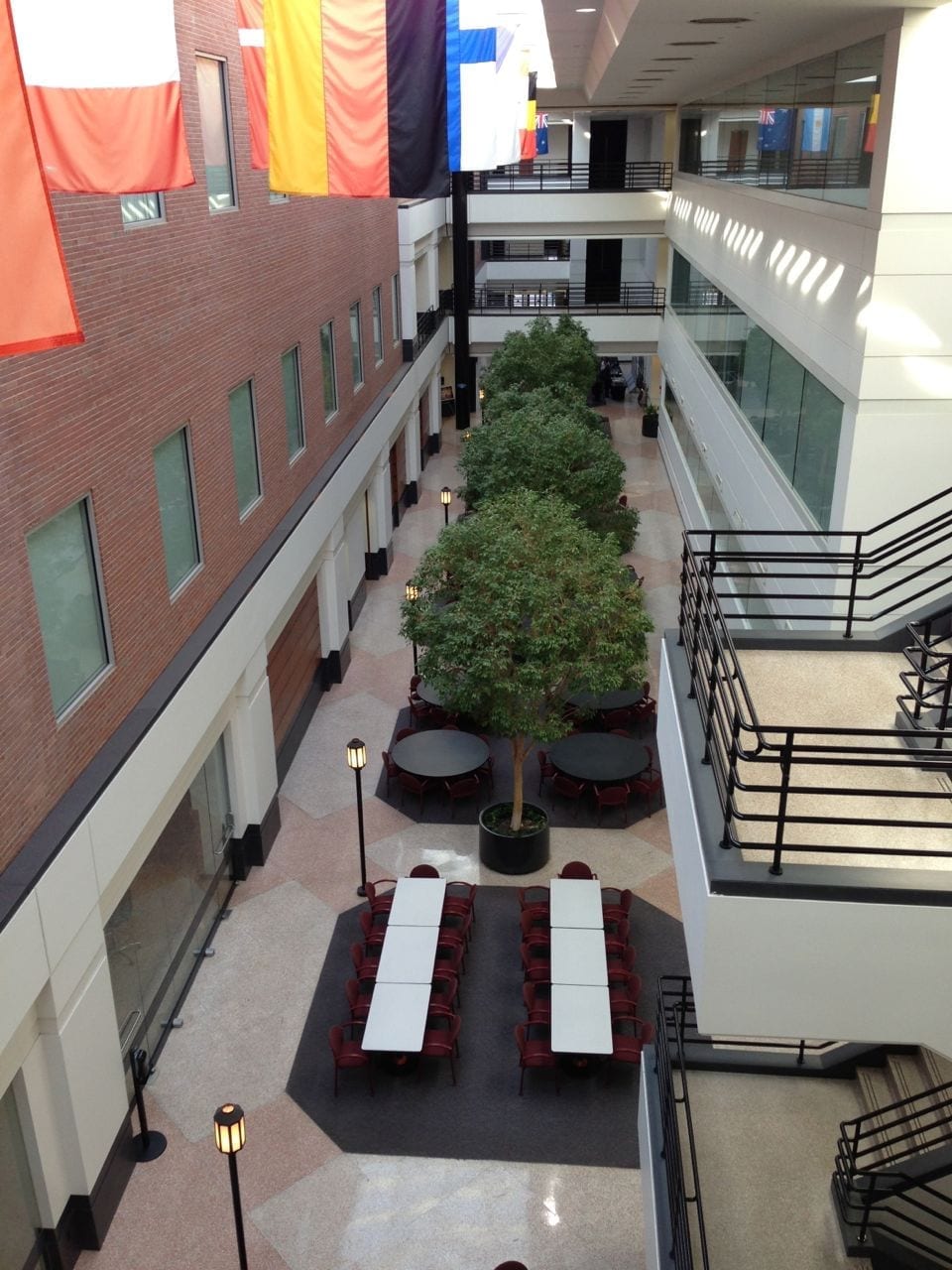A week ago, I got on a big ol’ airplane and headed east. And then slightly south. I ended up in Dearborn.
What’s so special about Dearborn, you ask? Well, it’s a not-so-big city in the Detroit area. But makes it important is that it’s Henry Ford’s hometown, and this is where Ford’s world headquarters are.
I was lucky enough to have received an invite to Ford’s Quality Tour, and eagerly accepted.
There were around 20 of us, arriving from all over the place. We were picked up from the airport, shuttled to our hotel, The Henry – a gorgeous showcase of art and hospitality.
It feels as though every square inch of this place is covered in art, and every piece is for sale. It’s curated well, and the works of art are displayed everywhere. The lobby, the corridors, your hotel room. A refreshing change from regular hotel art, to be sure. I fell in love with this little number – actually it’s not that little. It’s roughly the size of one wall in my man-cave. A perfect fit! Signed by the artist and Ali himself.
Dinner was served at 7 PM, and started with a mingling session. It was great to see some familiar faces and to meet a number of new ones. Ford knows how to treat its guests and a fantastic spread was delivered to us by wonderful hotel staff. The main course was followed up by an introduction to Barbara Whalen, who is the Color & Materials Design Manager for Ford.
It was fascinating to see how much thought and research goes into coming up with colors and textures inside and outside of Ford products. I loved hearing her passion for her work, and even where some inspirations come from. Anything she sees in her daily travels, whether it’s a brick on her street or a plant or insect in an exotic country on the other side of the planet – everything is game. I also enjoyed learning about how trends are considered and the admission that not everything is always a winner. Some colors seem like the right answer at the time, and end up being a flop.
The next morning, we got together for a breakfast at the hotel, and the boarded our shuttle for a quick drive down the street to Ford’s Research and Innovation Centre (RIC).
Once inside, we were shepherded into a conference room and given a quick intro to Ford, its philosophies and a window into its corporate culture. It didn’t hurt that this presentation was delivered by the gentleman who was probably voted “most likely to explode with positive energy” in his high school. It’s a good thing.
What did we learn here? Well, along with an introduction to Ford’s fantastic (and highly effective) One Team approach, we learned about the people that make up the team at Ford’s Research and Advanced Engineering.
The team is highly stable with an average of 17 years of experience there. Competence simply can’t be questioned – the employee base is made up of 20% PhDs, 40% Masters and 40% Bachelors degrees. They is smart. And finally, there’s a wonderfully diverse make-up of educations, cultures and nationalities here – employees from over 55 countries can be found in this building alone.
Our first stop was to talk to some of the brains behind the lightweight materials research that’s going on. Not only did the talk the talk, but they walked the walk. We were told about some of the new materials they are researching, and how they’re able to stick with some of the traditional materials but use new and innovative methods of working with them to produce exciting results that were heretofore unachievable.
There was an inner panel from a Ford GT, using magnesium. Attempting to form it using traditional methods resulted in a crack. Heating the sheet of magnesium as well as the die to 500 degrees Celsius allowed Ford engineers to perfectly form the part, and at a major weigh savings. An interesting marriage of new materials and new methods.
We also saw examples of various parts of current Ford vehicles that they were working on, researching new ways of doing things, and realizing incredible weight savings. We saw (and picked up) the current roof panel of the Ford Edge. It weighs just under 60 pounds. Then we checked out an aluminum version – it was only 27 pounds. But the real winner was the magnesium version – it tipped the scales at 13.9 pounds! Imagine being able to build a vehicle out of a number of magnesium panels? The weight-savings would produce real results in terms of fuel economy and handling.
Next we were off to the Polymer Processing Lab, and were introduced to some of the folks working on alternate materials. Much of the focus here was on interiors and materials that are renewable, especially where it comes to making plastics greener. Plastics traditionally use a horrendous amount of petroleum and produce a lot of carbon dioxide while being made. Ford is already using soy foam in every single of their vehicles’ seat cushions, as well as in headliners and headrests. As a matter of fact, they’re using five million pounds of soybean oil per year!
Another new alternative we were introduced to was wheat straw, used to replace the heavy, non-renewable glass fibers in plastics. The first application is the set of two storage bins in the back of the Ford Flex. You look at these little lidded bins, and you might think “What difference would those two little parts make, considering how many vehicles Ford builds overall?” Well, I can tell you. And it’s astounding. Just switching those two bins to wheat grass fibers allows Ford to reduce the use of petroleum by 20,000 pounds of petroleum per year. Not only that, but the process produces 30,000 pounds LESS carbon dioxide. Think of the implications if they start switching more of the 300 pounds of plastics in each vehicle to alternate materials.
We also saw parts they are developing using retired US currency. When US money is taken out of circulation, it’s shredded, but that doesn’t change what it’s made out of and it makes a wonderful plastic binding material.
After this, we made our way to the Human Occupant Package Simulator (HOPS). Situated in a big room, it’s a fully adjustable buck, allowing every single dimension to be adjusted to mimic a Ford vehicle – it can behave and feel like a Mustang all the way up to an F-150. The entire thing is surrounded my motion capture cameras.
The subject suits up with markers (at the hands, feet, legs, arms, head, etc) which are tracked by the cameras. Force plates also measure the forces exerted on the body. This real-time tracking allows engineers to manipulate the car environment based on the subject’s feedback. Something feels too tight? Something is too far away? They can move it (in real time or in the CAD environment) and make adjustments as they develop new vehicles.
Our final stop in the Quality Tour was the Human Machine Interface (HMI) lab. To simply call this a driving simulator would be an understatement. Projects are developed here, under the watchful eye of engineers who gather feedback from subjects as well as make tweaks on the fly as they build systems. For example, the current project was a multi-contour seat. A wonder of comfort, it houses 11 air bladders that can be adjusted to best suit the occupant’s comfort.
So the HMI lab was set up to feel like a Ford vehicle. It had an instrument bin from an current Explorer, a production Ford steering wheel, shift lever and pedals and of course, a production multi-contour seat. The subject sits down, puts the vehicle in gear, and takes off. Because the screen in front of you is so big, it’s a rather convincing environment after a few seconds, thanks to a bevy of surround sound speakers, body motion (enough to make me motion sick!), buildings and cars going by, etc. The final touch? Side- and rear-view mirrors – made out of video monitors. Unreal!
The point isn’t the driving here. It’s how the current project develops and will work while Ford’s buyers are driving in the future. So , for example, one thing they were looking at was developing the MyFordTouch screen to adjust the air bladders in this seat. They were also developing speech capability to adjust different parts of the seat and demonstrated this to us, including an amazing contextual voice recognition moment, where I was wondering just how far away we are from these machines becoming sentient.
In the end, I took away a new perspective on how Ford conducts its business. It’s more than just a money-maker.
It is clear that there is a focus on being green and on sustainability, where Ford looks to improve fuel economy, reduce their carbon footprint in terms of manufacturing and in terms of their cars while running, and looking toward the use of more renewable and recyclable materials in their product.
I also saw that Ford wants to be the leader in the field of safety. They are putting a great amount of effort into safety technology, and developing innovations that put them equal to the competition (at very least) or ahead of the curve. Family safety is clearly of paramount importance in everything they do.
And finally, I got some insight into how important it is to Ford to present smart design, where they exert significant energy to provide us with comfort, convenience, in-car tech for control and infotainment, and even in terms of simple, primal, emotional appeal.
Kudos to Ford for putting value on all of these aspects, and for letting me in to have a closer look at what they’re doing toward these goals. And a special shout-out to all the folks who do this stuff every day – thanks for letting me into your work spaces and for sharing your passion for this work with me.
I appreciated the invitation, the hospitality and most of all, the behind-the-scenes look.
